Star Trek Fans Need To Watch This Documentary, And It’s Free to Stream
Here's everything Star Trek fans need to know about this documentary, now free for fans to watch online.
This article is more than 2 years old
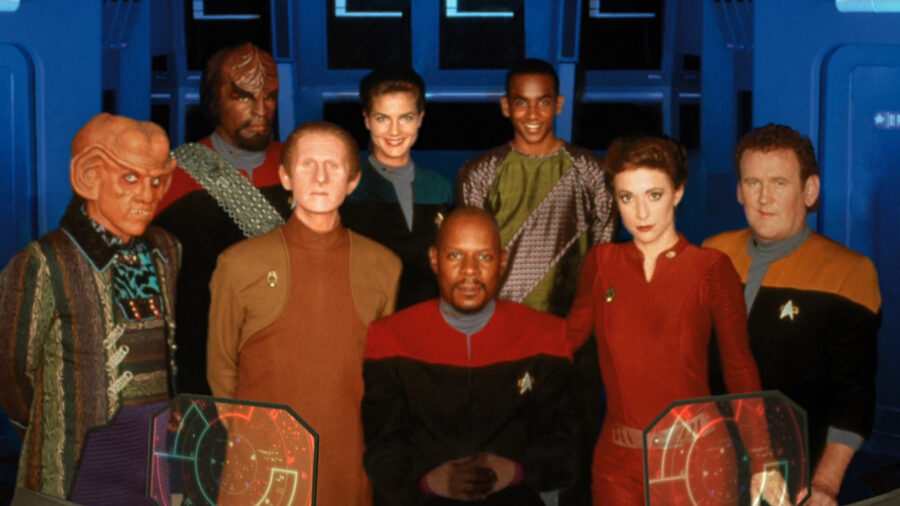
Star Trek fans are you in luck. The very popular, if little known, 2019 documentary What We Left Behind, which goes into depth behind the popular series Star Trek: Deep Space Nine, is now available for free streaming on YouTube.
Now, don’t let the beginning of the documentary dissuade you. It begins with a cheesy opening, one which sees Max Grodénchik, who played the Ferengi Rom, at a piano regaling fans with a tune that sounds eerily like the Tony Bennett classic song, I Left My Heart in San Francisco. Of course, the lyrics have a Deep Space Nine tinge to them. After that, What We Left Behind takes a much more serious look at the series and everything that made it tick.
For those who have an affinity to Deep Space Nine, you will get an immediate kick out of the crew reuniting. The only one missing is Commanding Officer/Captain Benjamin Sisko. Not that you won’t see Avery Brooks in the documentary, you do, he just was not part of the crew reunion or new footage.
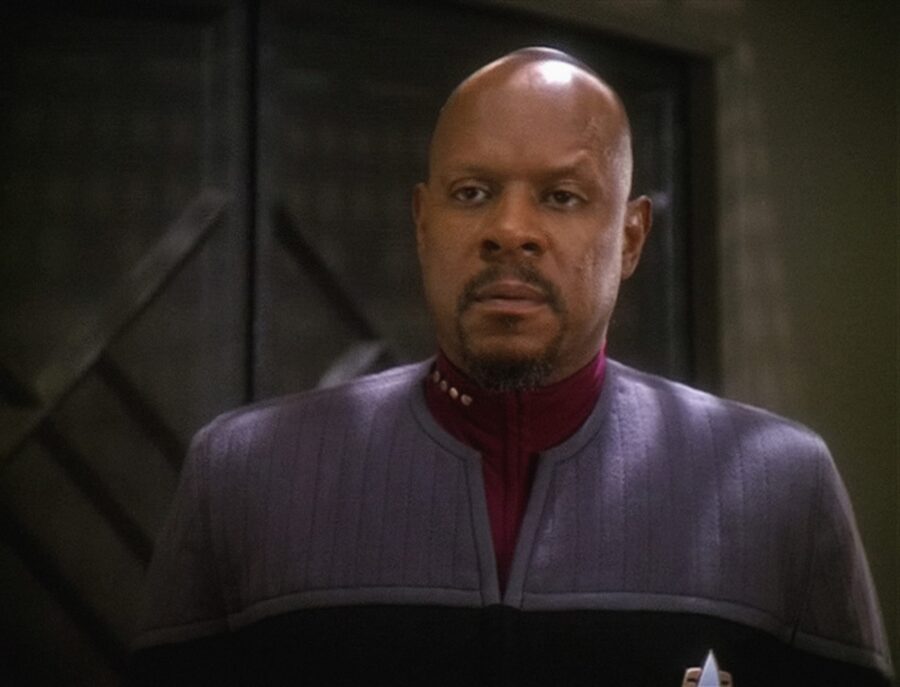
Deep Space Nine executive producer and showrunner Ira Steven Behr, sporting a wildly blue goatee, is the brains behind the documentary. Through a series of fundraisers, Behr was able to get most of the cast together to speak about their experiences on the controversial Star Trek entry. Among those interviewed (the list is lengthy) are the previously mentioned Grodénchik along with the late Aron Eisenberg and the late René Auberjonois, Andrew Robinson, Armin Shimerman, Nana Visitor, Colm Meaney, Jeffrey Combs, Alexander Siddig, Terry Farrell, Junie Lowry-Johnson, and Deep Space Nine co-creator Rick Berman. Behr also brought in series writers Robert Hewitt Wolfe, Hans Beimler, René Echevarria, and Ron Moore for a “what if” session about scripting a theoretical season eight first episode.
David Zappone, who was also one of the series’ producers, spoke at Star Trek Las Vegas when the Blu-ray of the documentary was released and talked about Avery Brooks and his decision to not appear in the documentary. He assured fans that while Brooks didn’t film any new material, he was still very much a big part of the production.
“Avery and I spoke regularly during this entire process… After we did The Captains: Close-up, after he saw that half-hour, he was so moved and so pleased, he felt there was nothing more he had to say,” Zappone said via RedShirtsNeverDie. “He felt that captured his time in Star Trek and was comfortable to essentially say “that’s it, that’s all I have to say.” However, he was supportive to Ira and myself. We would send him footage. He would give us notes. So, he just didn’t feel the necessity to appear on screen, but was truly a part of the process behind the scenes.”
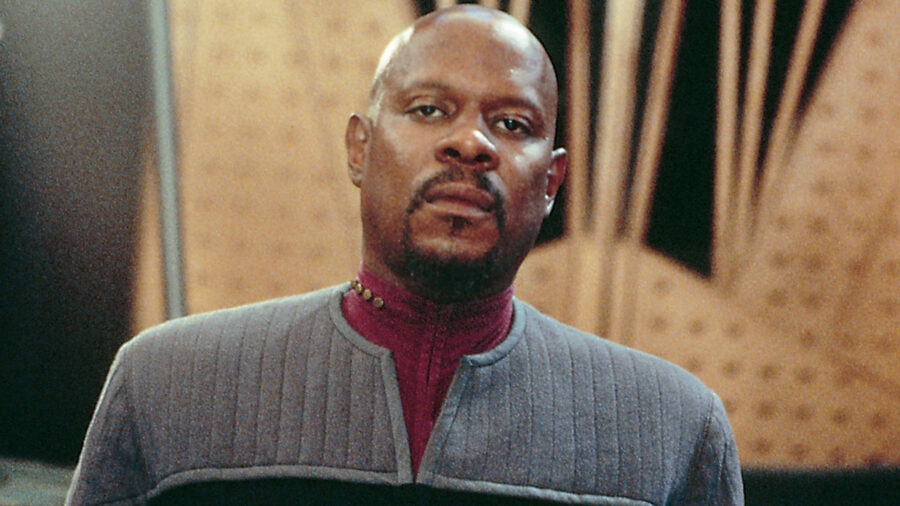
Zappone also was pleased to note that Brooks was very happy with the results of the documentary giving what Zappone feels was the ultimate compliment. “I can say he is very happy with [What We Left Behind] and the ultimate compliment was he said “I am going to watch it again.” And he watched every bit of the special features.”
One of the main elements in the documentary was how the cast and crew dealt with what fans felt was a major departure from what Star Trek stories should have been about. The exploration of space. To boldly go where no man has gone before. Everything before Deep Space Nine, and immediately during and after, boldly went. From the original Star Trek series to Star Trek: The Next Generation to Star Trek: Voyager, their adventures continued to explore space and the alien beings which inhabited it. Deep Space Nine shirked their space exploration responsibility for a space station that was located next to a wormhole that connected the Federation to the Gamma Quadrant. Deep Space Nine stories were more contained, going for more personal stories than what Star Trek has seen in the past.
For many, it simply didn’t work. Fans interviewed in the documentary all ended with a common theme. Star Trek is about space adventures. New worlds, new beings. Not what Deep Space Nine was giving them. But then a strange thing happened. The show began to work.
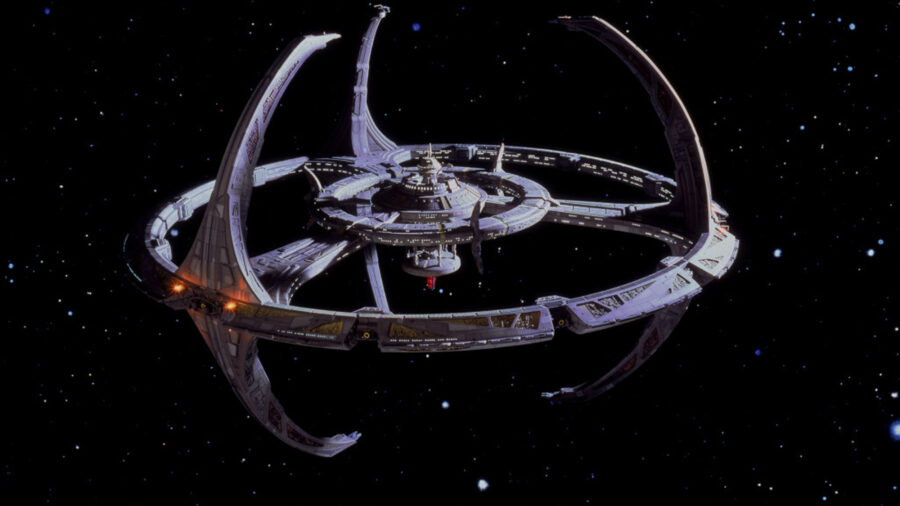
Critics loved the show, especially Brooks’ rendition of Sisko. Brooks, on the other hand, as well as Behr, fought to let Brooks be Brooks and not what the producers felt Brooks should be. Behr, as well as Brooks, wanted the bald, goateed version of Brooks, the one named Hawk on the popular series Spenser for Hire and his own called A Man Called Hawk.
To his credit, Behr sat down with the then Paramount TV Chairman Kerry McCluggage to point-blank ask him why it took the network three years to finally let Brooks be Brooks, and to his credit, after much fumbling, McCluggage gave his honest answer. “I do think going in …” McCluggage begins, “particularly given that coming off of Hawk, and we were also in the 24th Century, that we thought it would be a mistake to um,” and this is where McCluggage becomes uneasy, “for the lack of a better term, street.” Brooks and Behr finally won out.
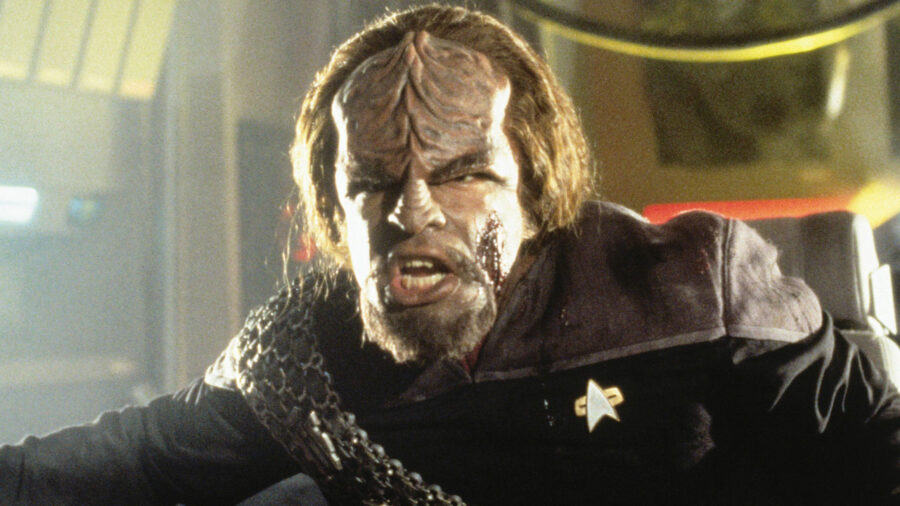
Deep Space Nine ran for seven seasons. The first three seasons were contained within the space station but in the fourth, the series introduced the USS Defiant, which allowed the writers and cast to take their adventures a bit further than the space station. The fourth season also saw the addition of Worf, played by Michael Dorn, who was a popular character on Star Trek: The Next Generation.
Still, with those introductions and the ability to move away from the space station setting, Deep Space Nine clung to what made the series – their interpersonal stories. It is something that sets them apart from the other series, though Star Trek: Picard leans heavily on Picard’s relationships.
For those who have even a remote interest in Deep Space Nine, the documentary is a must. Stories of how the series came to be, the cast and how they viewed the series as it was being made and all these years after it has ended, the writers, producers, technicians, the whole lot make for a fascinating watch. You can watch What We Left Behind on YouTube for free by following this link.












